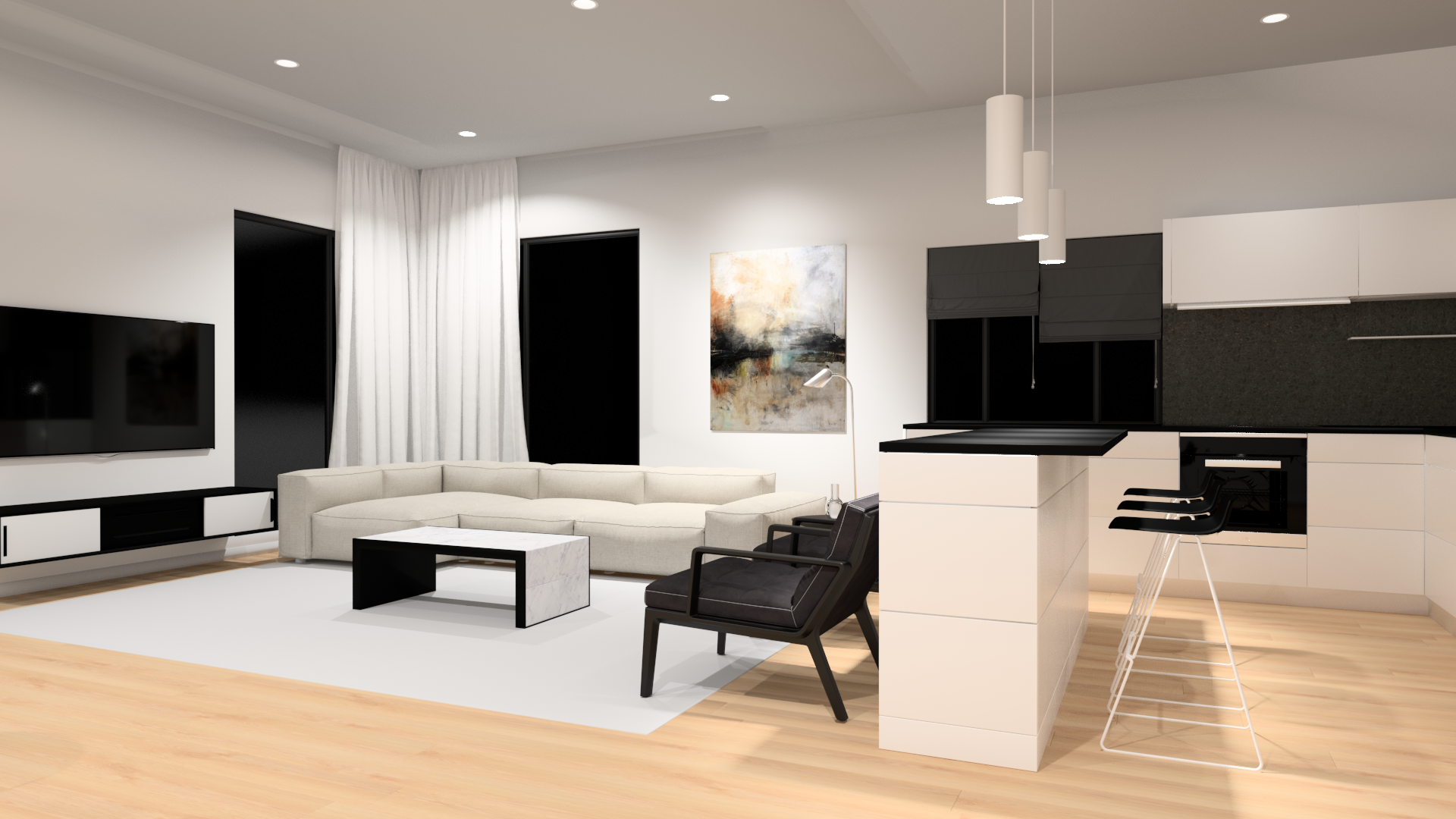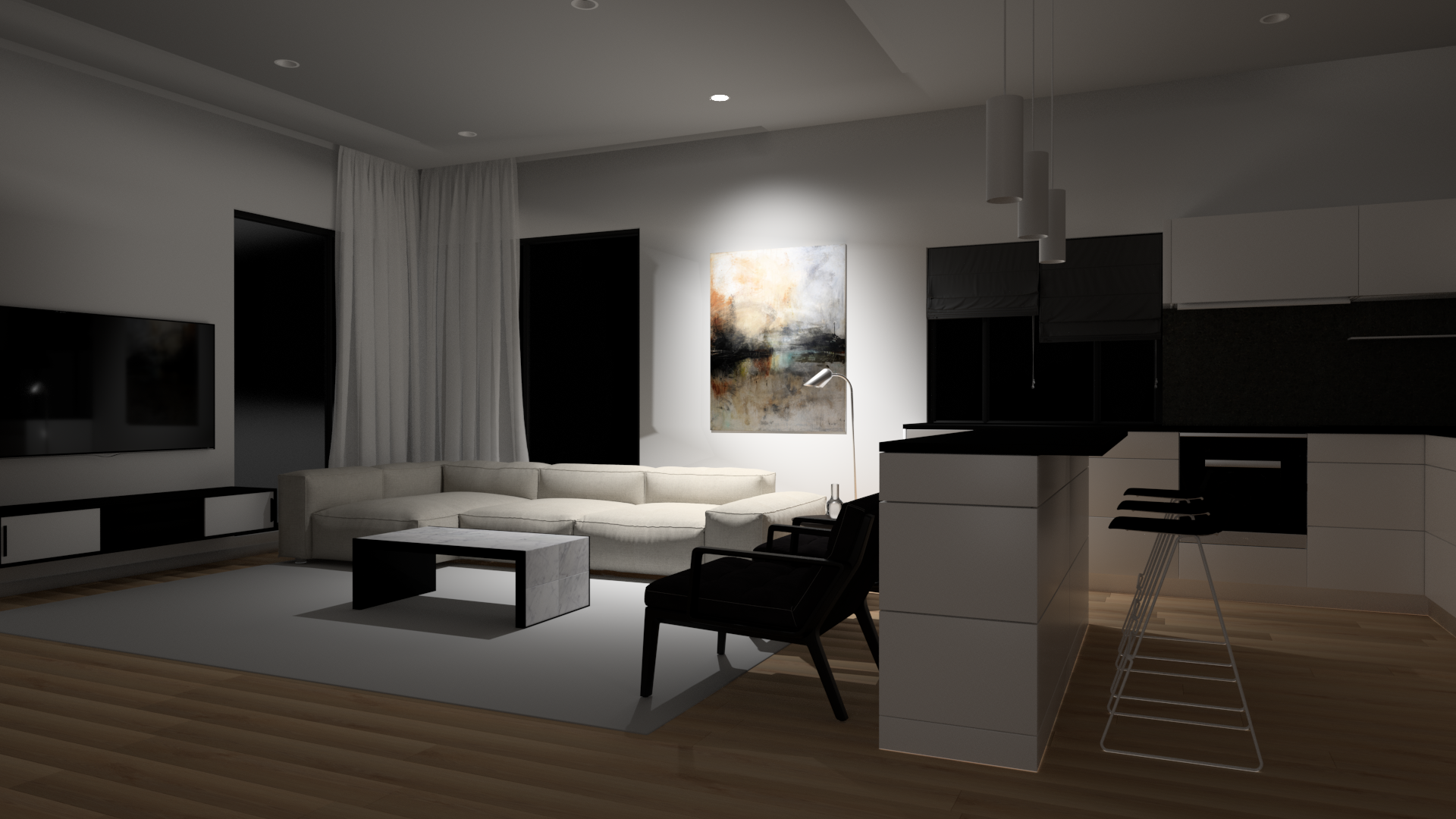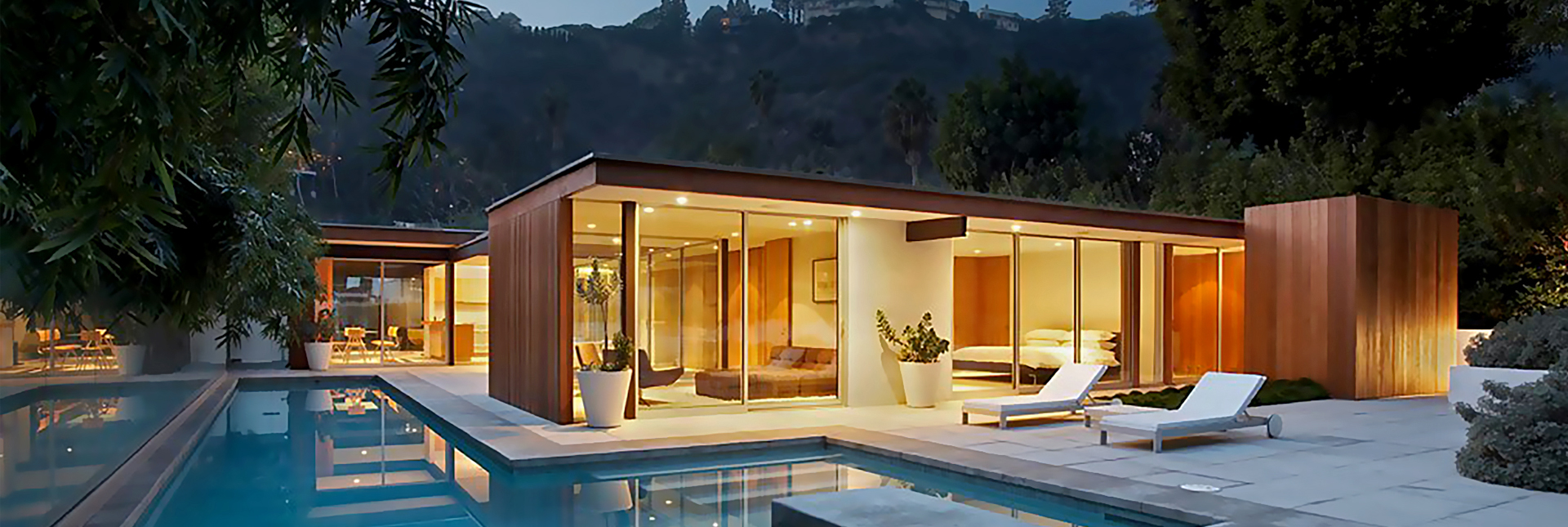
Properly lighting a room requires more than just picking a few bulbs to screw in. Of course, using any general light bulb will sufficiently illuminate an area so you can see. But what if you want to highlight an accent wall? Or need an area to relax or work? That requires lighting design. And today, lighting design lives in three distinct layers: Ambient, Task, and Accent Lighting. All three of which can be achieved using a combination of versatile DMF downlights.
DRD2: Ambient Lighting
Also called General Lighting, the ambient layer provides the illumination required for occupants to see the space in its entirety. Most often, this layer is constructed through recessed downlighting and the DRD2 excels at it. With it’s wide beam angle and shadow-less illumination, the DRD2 makes spaces feel secure and inviting.
DRD2X: Task Lighting
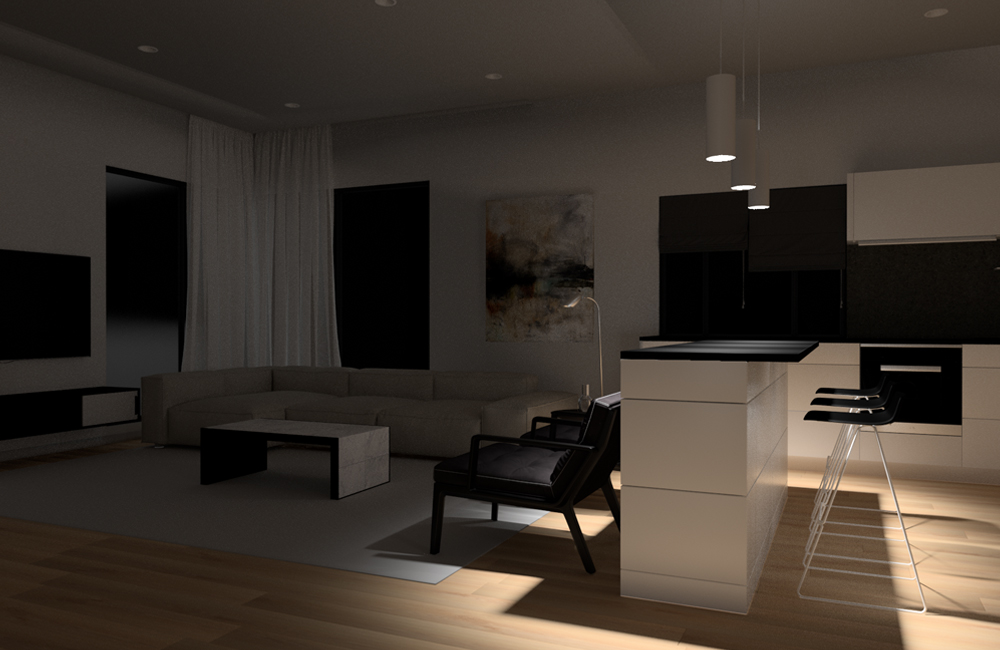
Once the ambient layer sufficiently illuminates the space, use the task layer to enhance function of specific areas. In an office, this might be the desk workspace. In a kitchen, task lighting illuminates cooking surfaces or countertops. This requires a light source with a high center beam candlepower value, like the Apex Series DRD2X. Plus, its controlled optics produce tighter beamer angles, making it a great spotlight over surfaces like work tables.
For higher ceilings, the DCC Cylinder, which suspends from the ceiling, is another option for ensuring the light is focused and makes it to the desired surface.
With both the ambient and task layer in place, any room should be fully functional for its intended purpose. The final layer will take the functional bases of the ambient and task layers and add artistry and style.
DRD4: Accent Lighting
The accent layer adds a decorative finish by complimenting the other two layers and highlighting architectural features like columns, floral arrangements, and wall art. This layer is the most subjective of the three but offers the most opportunity for artistic influence. A great lighting designer can use the accent layer to blend the other two and tie the space together.
The natural fit in this layer is the DRD4 Adjustable Downlight, which pivots smoothly and locks in place to perfectly illuminate the features of the room.
Tying it All Together
Depending on the usage of the space, a room’s lighting needs may change throughout the day. To achieve this, lighting layers must work in conjunction with each other, but also independently of one another.
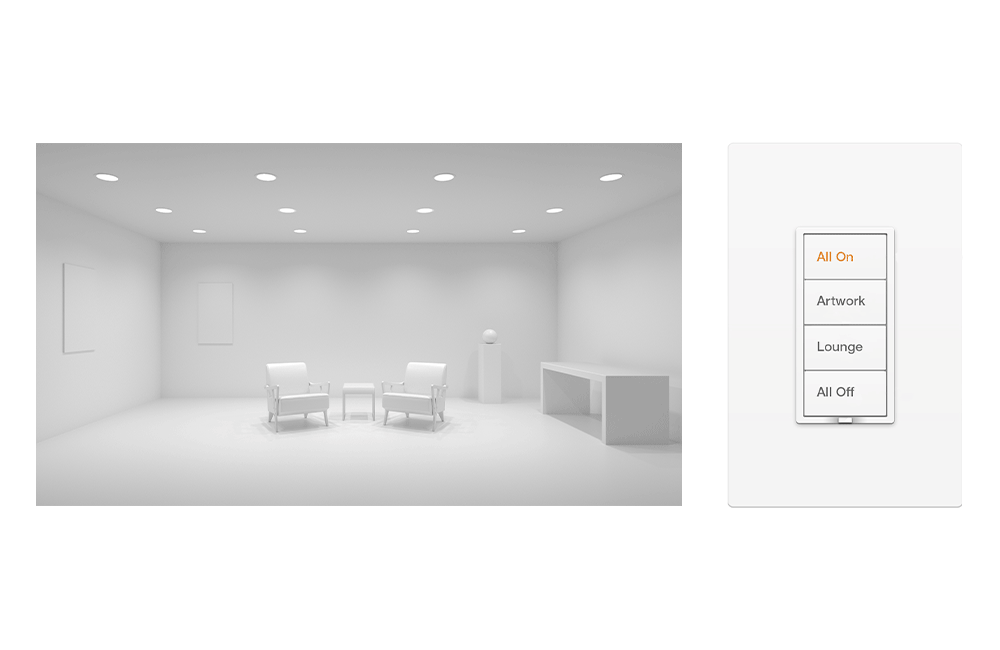
Lights off and shades up in the middle of the day. Task lighting at the work station in the late afternoon. Dimmed ambient lighting with contrast accent lighting to relax in the evening. You can automate all these settings with a keypad control, creating different scenes and a room with multiple zones of light at different light levels.
Modular Lighting

Laying out a space with different light sources in different areas to achieve unique lighting effects while interfacing with a specific control system may seem like a daunting proposition, but DMF’s award winning modular systems are up to the task. Compatible with three LED modules, each interchangeable during and after installation, allows your lighting to easily adapt to changing owner preferences and future room redesigns.
Modular lighting reaffirm our commitment to designing products that perform beautifully and are intuitively simple.
Learn more about the benefits of modular lighting.
– – – – – – – –
Connect on LinkedIn, Instagram, Facebook, Twitter or Vimeo to stay up to date with everything that’s happening at DMF Lighting.

